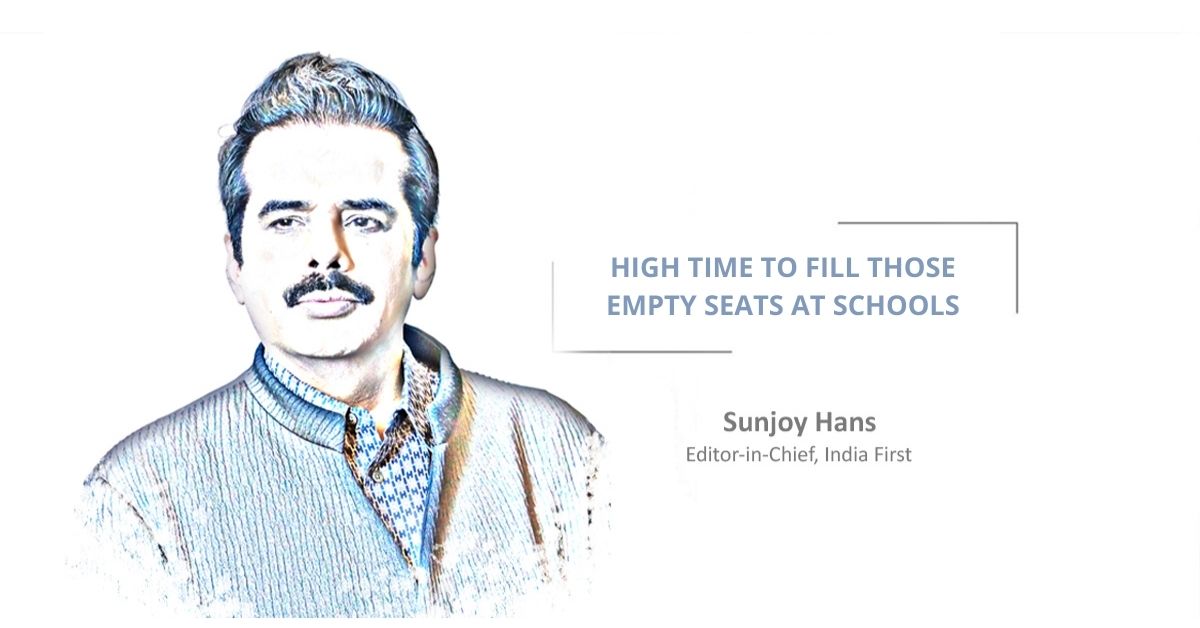The COVID-19 pandemic seems to have taken a toll on school education as well. Odisha government remains worried about the absence of nearly 30 per cent students in schools, which reopened across the state in February. As part of its strategy to bring the absentees back into the classrooms, the government may ask teachers to visit the houses of such students and also interact with their parents.
Home visits are important not only to connect with the absentees but also to find out the reasons for their absence from schools. The students as well as their parents have to be convinced about the need to get back to the schools. This is not the first time that the government is dealing with this kind of a problem, but this time it appears to be much more severe considering the scale of absenteeism among students.
In the past, the government had taken several steps to arrest the drop-out rate in schools, especially those located in the tribal-dominated districts where literacy is low and parents want their children to start earning at a young age instead of completing their school education. The mid-day meal scheme has played an important role in bringing students in such areas back to the classrooms. Poor parents, who used to send their wards to work in the fields and on construction sites to augment the family income, are now willing to send them to schools where they can have free meals during the lunch hour. For them this is a big incentive, as it reduces the financial burden on the family.
But this time around, the government will have to think of a new strategy to tackle the phenomenon of student absenteeism in schools. While sending teachers on home visits to convince students and their parents is a good idea, there is also a move to involve School Management Committees (SMCs), panchayat representatives and Women Self Help Groups in the drive to bring students back to schools. Community-level activities are likely to be initiated to send out a strong message that there is no substitute for school education.
Significantly, most of the districts reporting low attendance of students are tribal-dominated ones such as Malkangiri, Boudh, Gajapati, Nuapada and Boudh. The overall attendance even in higher secondary classes is abysmally low in districts such as Gajapati, Kandhamal and Nuapada. Most of these districts have low literacy rates and poor parents in rural areas want their children to earn and supplement the family income.
Hence, there is an urgent need to motivate students as well as their parents in these areas not to skip schools. The parents should be explained in detail about the benefits of sending their children to schools, where the government provides not only free books and uniforms but also mid-day meals and scholarships.



Comment here